Active or All-inclusive Caribbean? 5 Destinations for Every Kind of Traveller
Epitomised by soft white sands, lightly lapping waves, and cotton candy sunsets, a holiday to most Caribbean destinations...

Epitomised by soft white sands, lightly lapping waves, and cotton candy sunsets, a holiday to most Caribbean destinations...
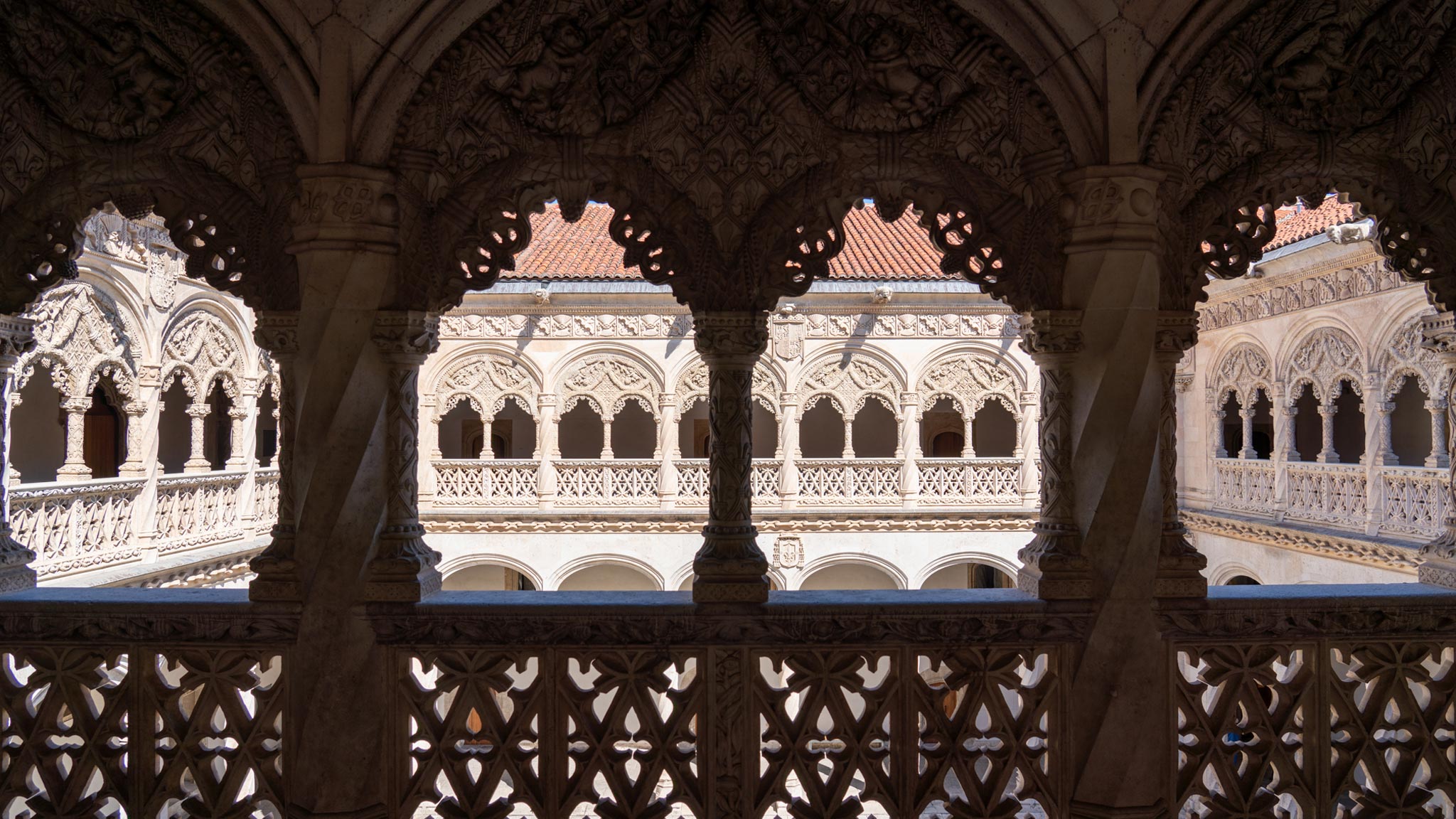
Whizzing through arid fields appearing like a golden mirage on the horizon, a weekend in Valladolid, Spain, was awaiting....
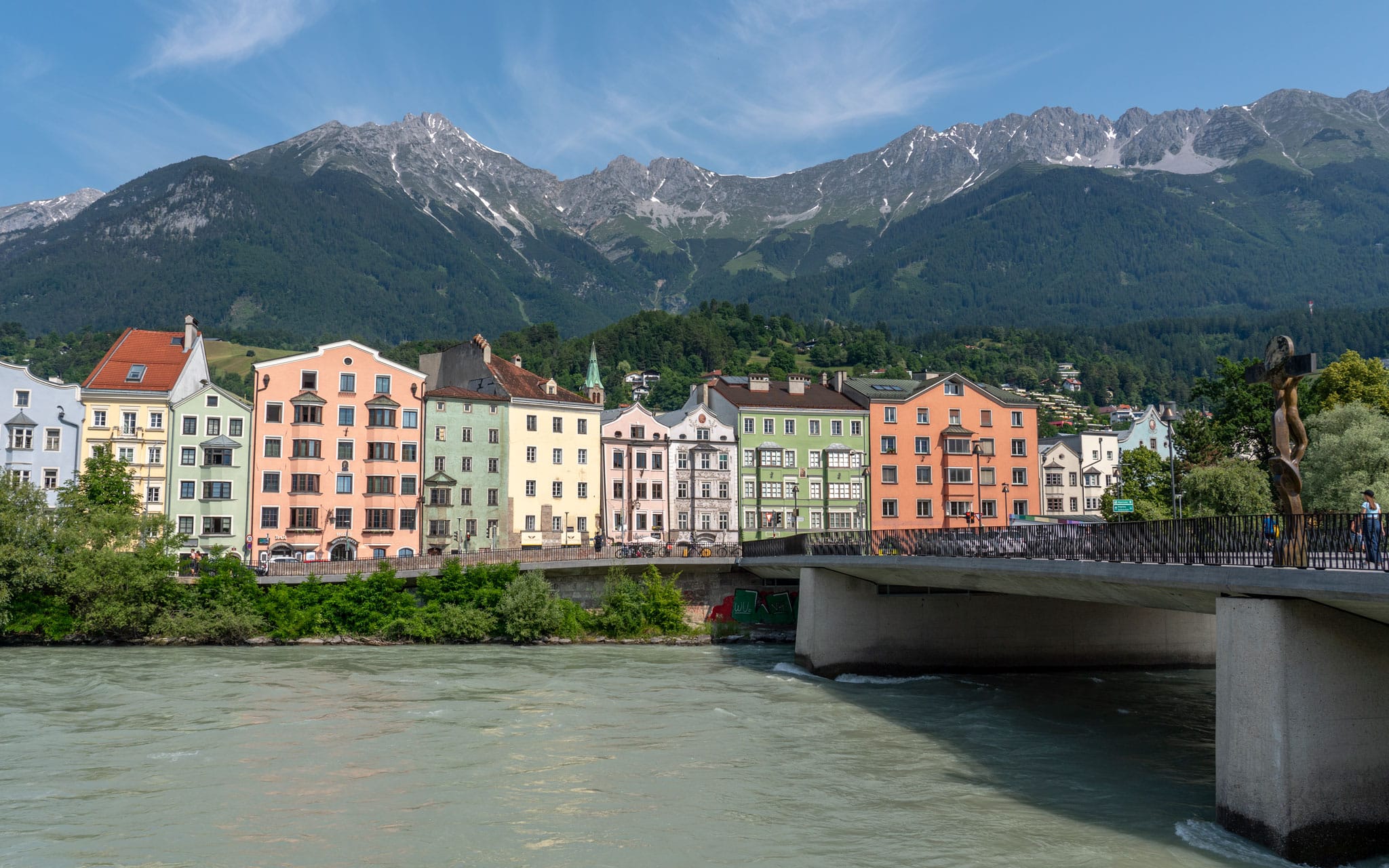
For many people, the hottest months mean escaping to the beach, which can leave landlocked countries such as Austria a less...
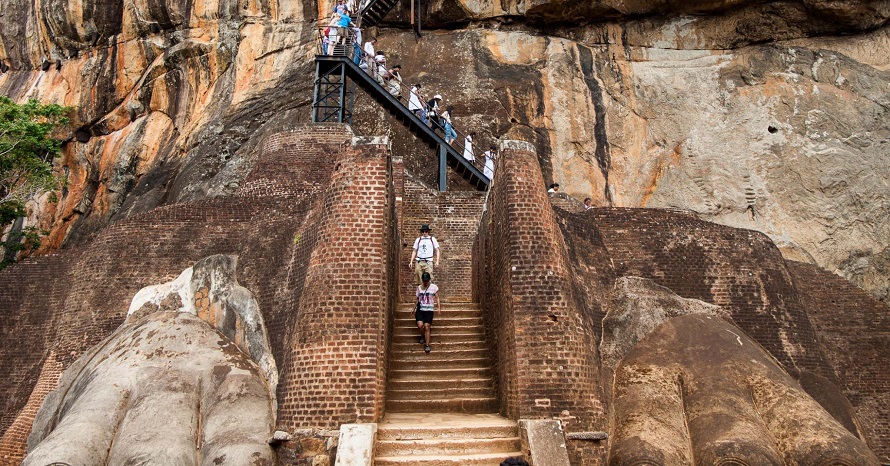
Sri Lanka is renowned for its golden sand beaches and tea-plantation-coated countryside, yet there are plenty of historical...
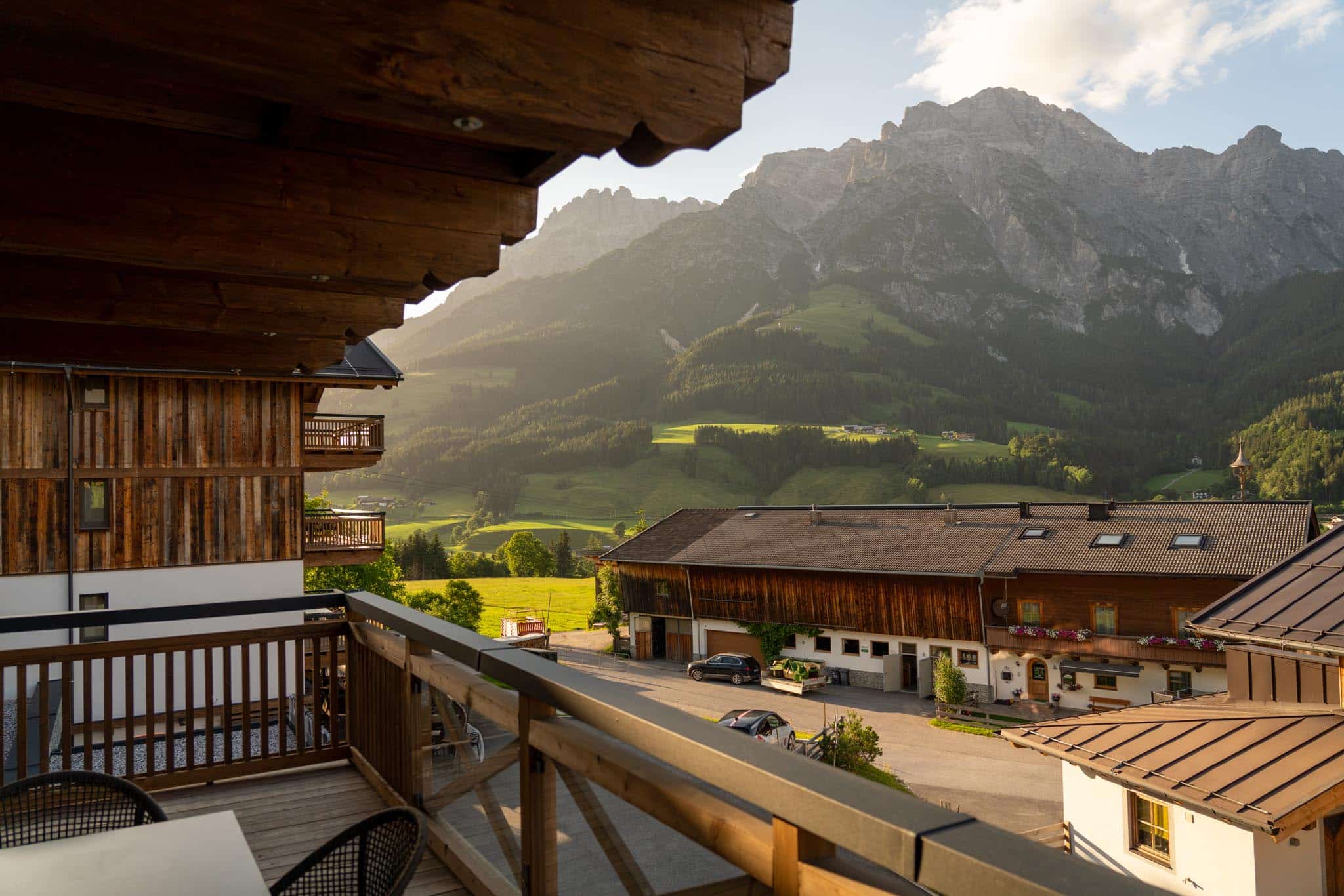
If I close my eyes, it’s just me and the birds. The tap water tastes like an iced glacier. Occasionally, a little lick of...
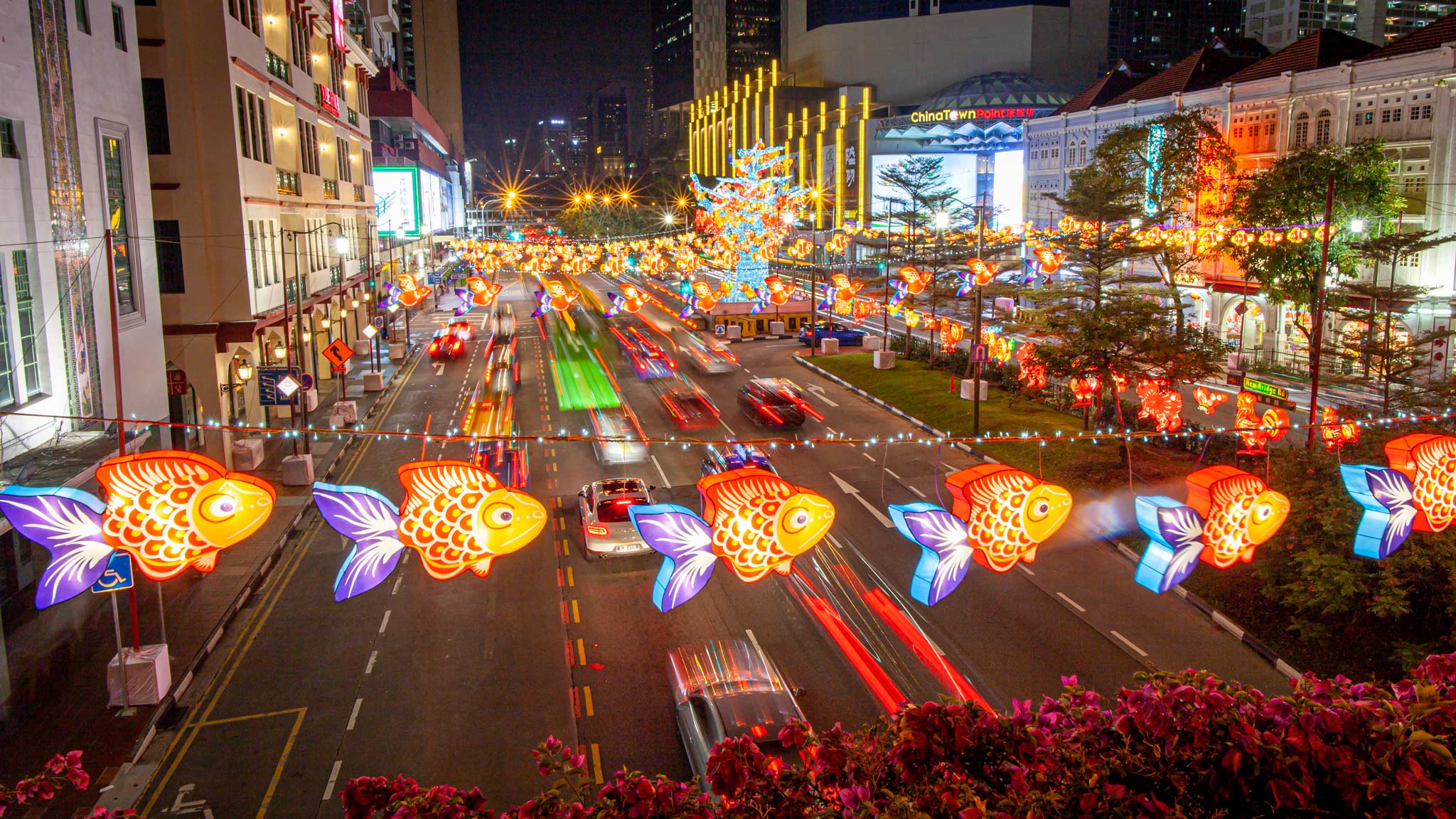
With super-charged airports, skylines illuminated by light shows and forests complete with electronic trees, Singapore is...
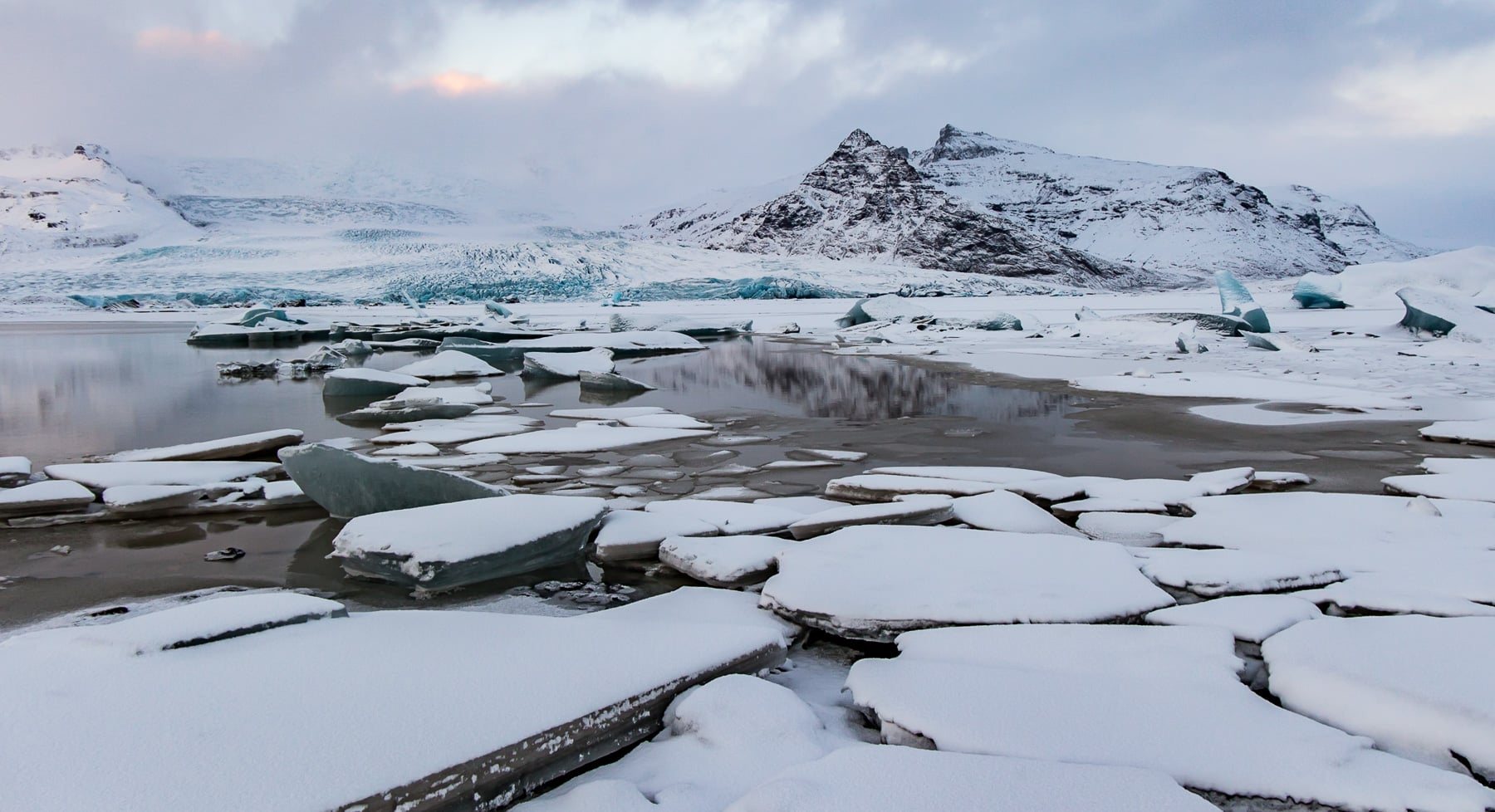
Touching down in the land of fire and ice will send a shiver down the spine, no matter the season. Whether it’s the first...
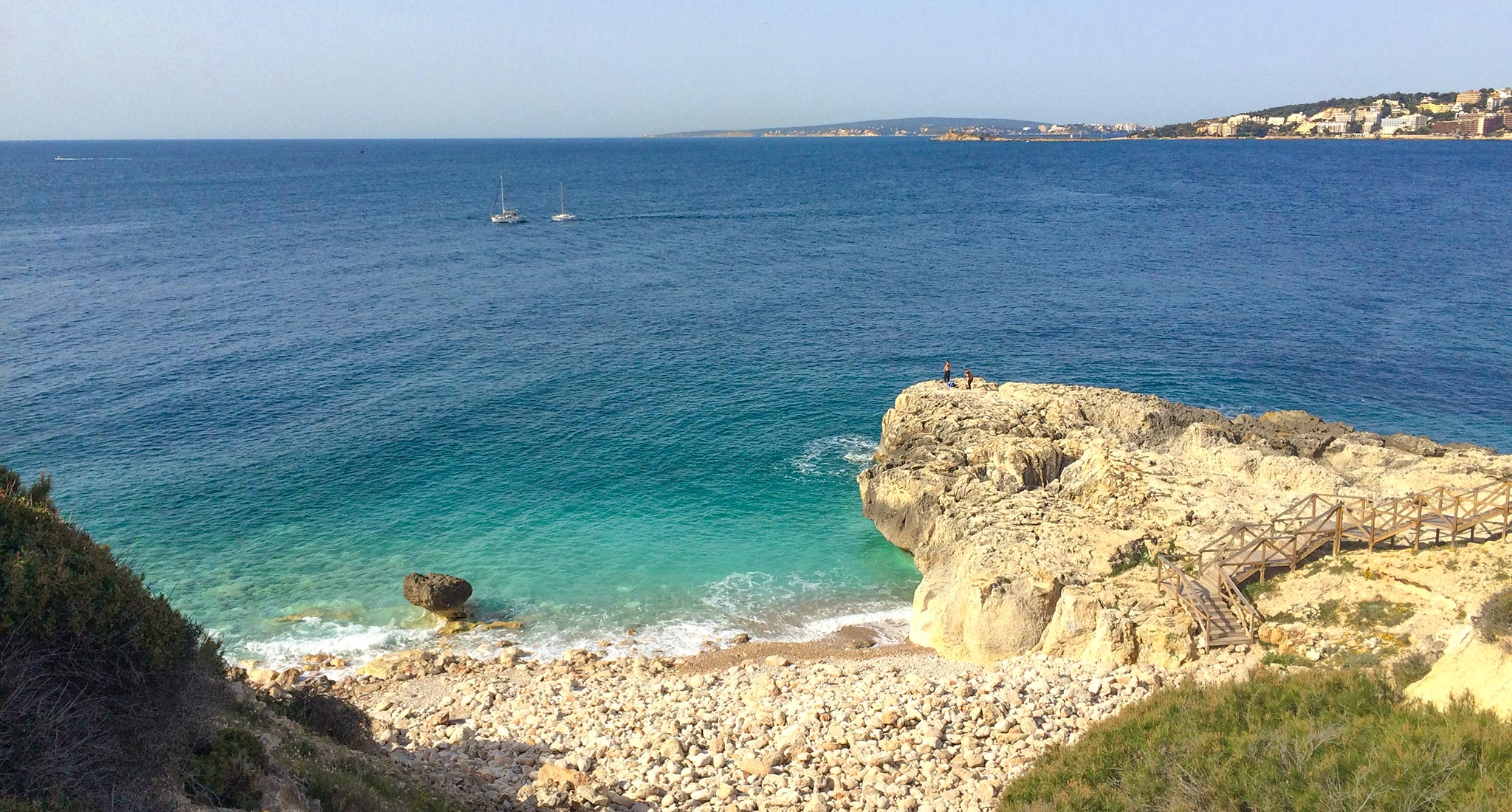
Recently, I was writing a list of places my friend should visit in Spain, and as I read him my proposed agenda, he scoffed...
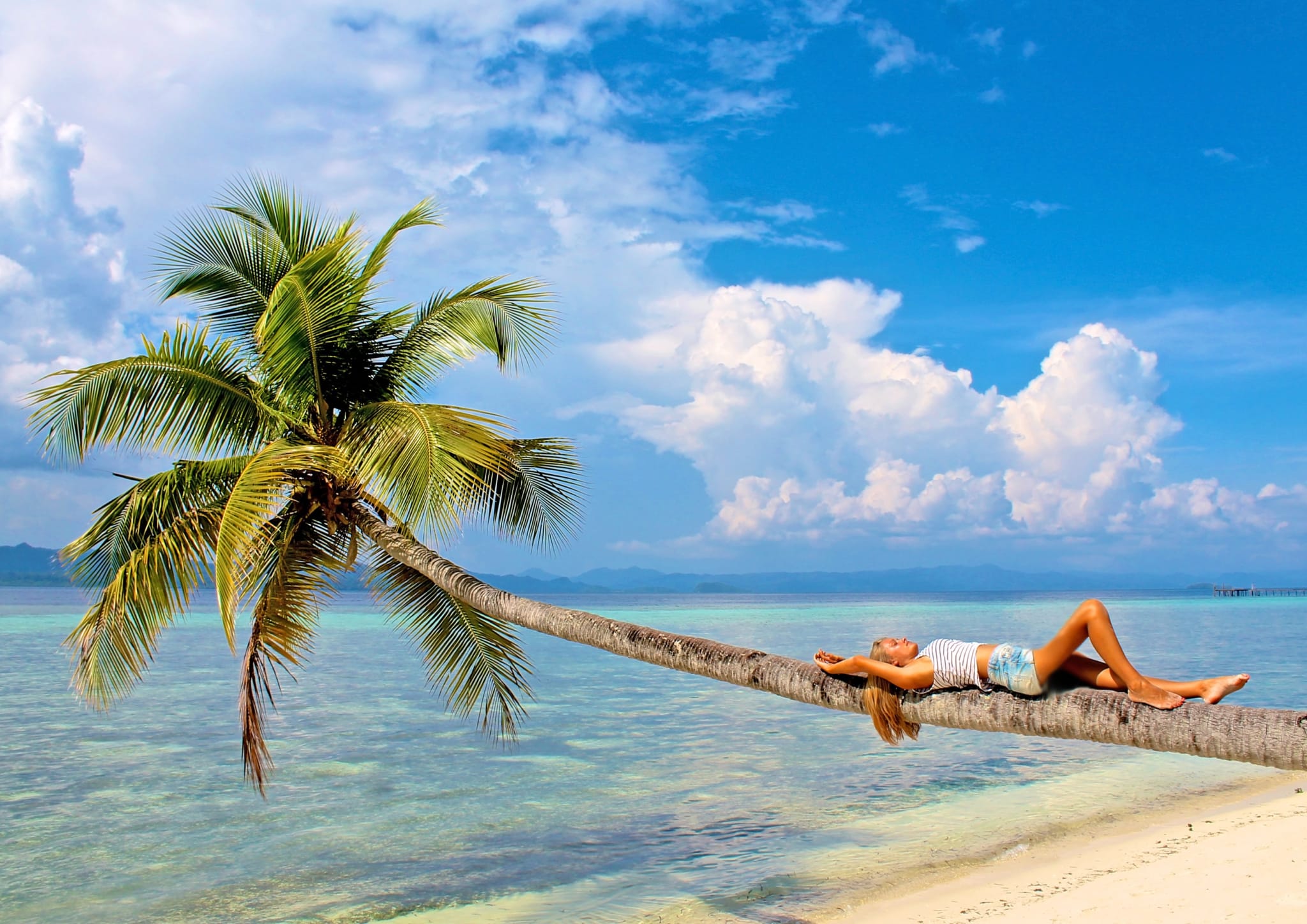
Hands down, this is my favourite country. Trying to list all the reasons to visit Indonesia is a near-impossible and...
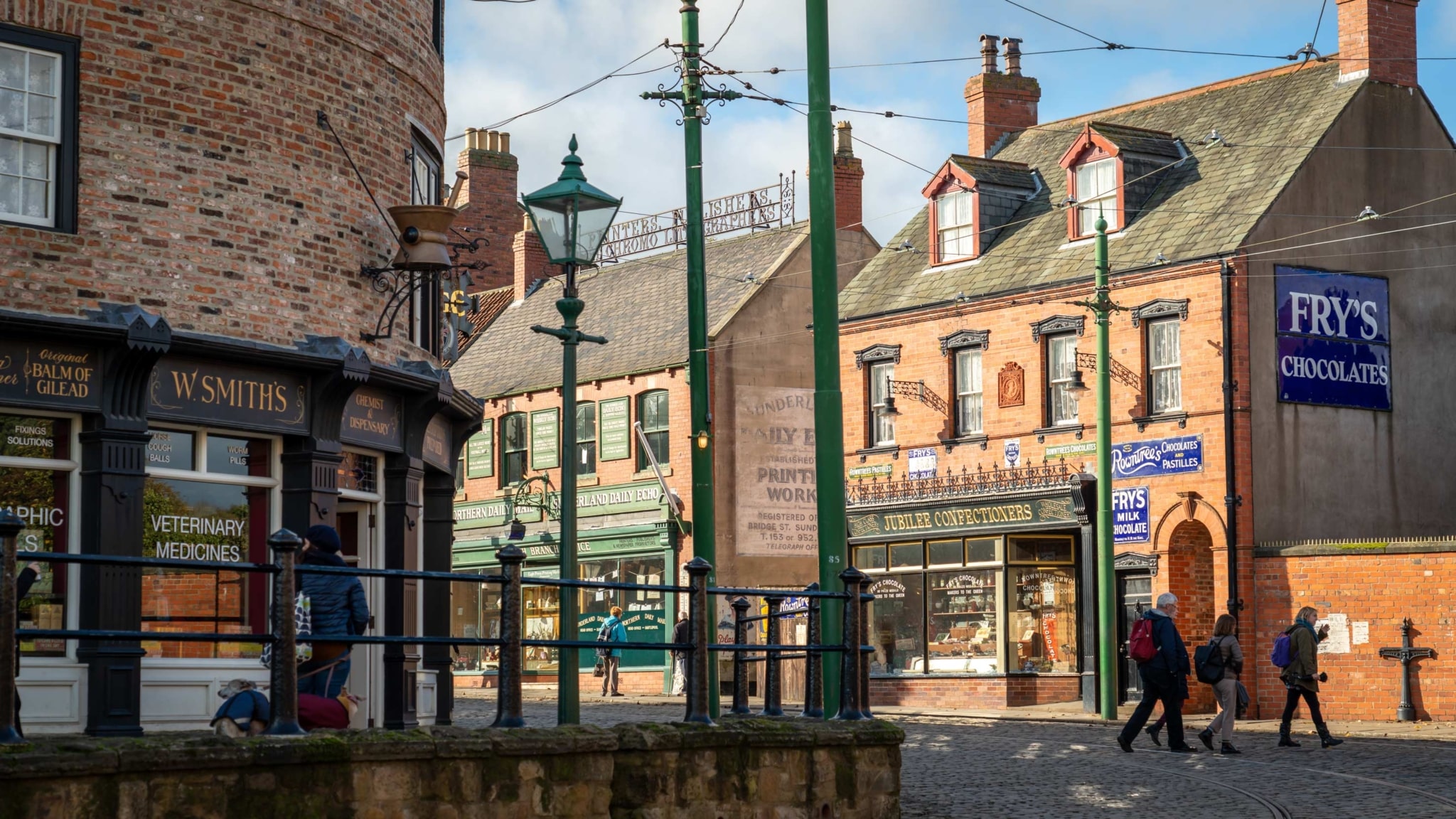
Okay, hand up, it can often take quite a lot for me to get excited about a museum, let alone spend a whole day at one and...
